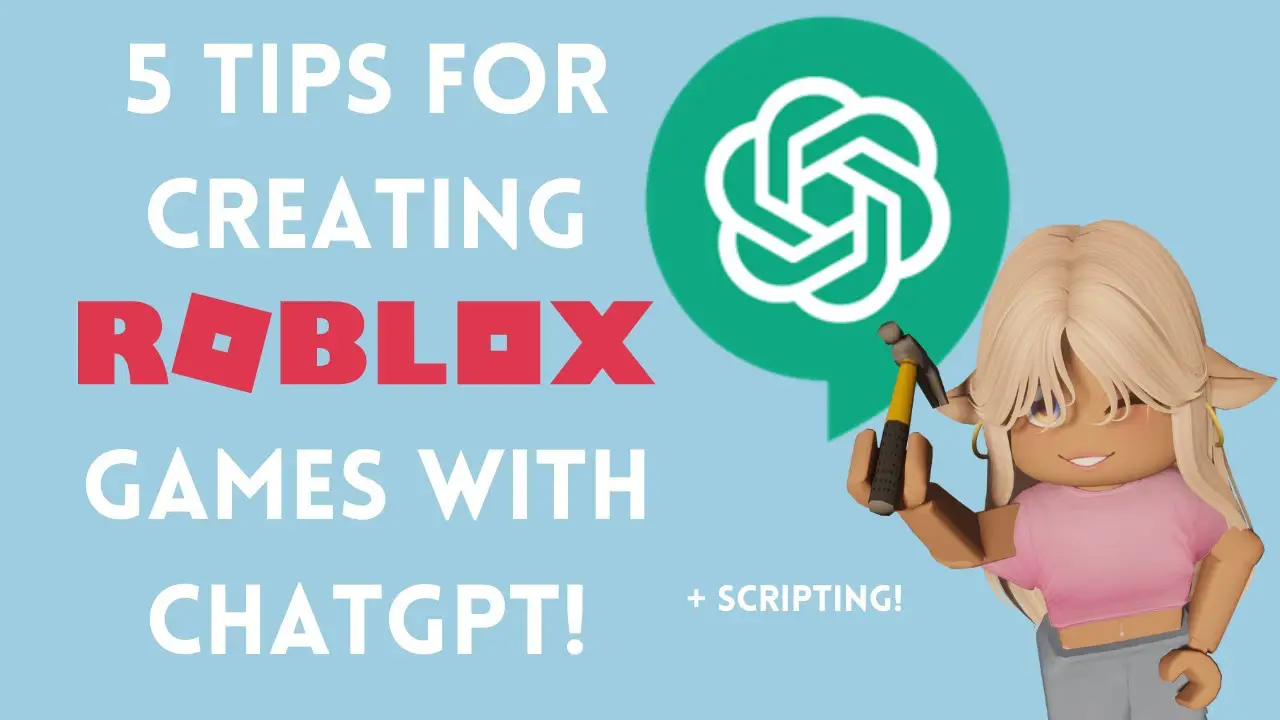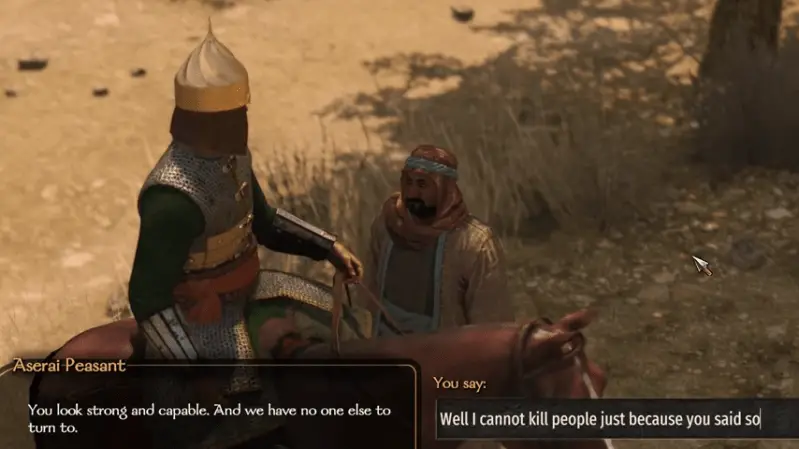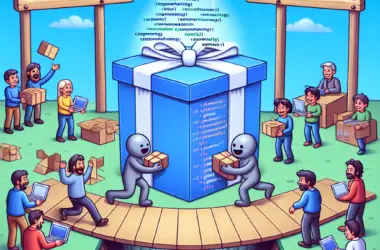Building Interactive Games with ChatGPT: A Developer’s Guide

Introduction:

ChatGPT, a revolutionary language model developed by OpenAI, offers immense potential for game developers seeking to create captivating and interactive gaming experiences. This guide will provide a comprehensive overview of how developers can leverage ChatGPT’s capabilities to build engaging games.

Understanding ChatGPT’s Capabilities:
ChatGPT excels at natural language processing, enabling it to:
- Understand user input and generate text that seamlessly flows within the game’s narrative.
- Generate dialogue, puzzles, and story arcs that adapt dynamically to player choices and actions.
- Provide personalized feedback and guidance to players, enhancing their gaming experience.
Integrating ChatGPT into Games:
To integrate ChatGPT into games, developers can utilize various APIs or SDKs provided by OpenAI. These integrations enable seamless communication between the game engine and ChatGPT.
Creating Interactive Dialogue:
ChatGPT empowers developers to create characters with realistic and engaging dialogue. Developers can define character profiles, specify context, and generate responses that align with each character’s personality and motivations.
Generating Dynamic Quests and Puzzles:
ChatGPT can assist in generating unique and challenging quests and puzzles. By providing the game’s context and rules, developers can prompt ChatGPT to create tasks that adapt to player progress and offer a sense of accomplishment.
Providing Personalized Feedback:
ChatGPT can provide tailored feedback to players, enhancing their gameplay experience. Based on player actions, ChatGPT can generate hints, warnings, or encouragements, fostering a more immersive and rewarding gameplay.
Limitations and Considerations:
While ChatGPT offers remarkable capabilities, developers should be aware of its limitations:
- ChatGPT is not a game engine and cannot handle gameplay mechanics or physics simulations.
- ChatGPT may generate repetitive or overly verbose responses if not properly constrained.
- Developers should carefully consider the computational resources required for integrating ChatGPT into their games.
Best Practices:
To optimize the use of ChatGPT in game development, developers should adhere to these best practices:
- Set clear and structured prompts to guide ChatGPT’s responses.
- Utilize response filtering to address potential biases or inappropriate content.
- Balance ChatGPT’s responses with the game’s narrative and player agency to avoid overwhelming the player.
- Integrate ChatGPT seamlessly into the game’s user interface to minimize disruption.
Conclusion:
ChatGPT presents a transformative tool for game developers, enabling the creation of immersive and interactive gaming experiences. By understanding ChatGPT’s capabilities, integrating it effectively, and considering its limitations, developers can harness its power to craft engaging games that captivate players and push the boundaries of gaming innovation.## Building Interactive Games With ChatGPT: A Developer’s Guide
Executive Summary
Leverage ChatGPT’s capabilities to develop immersive and engaging interactive games. This guide empowers developers with technical strategies and practical insights to create captivating gaming experiences, embracing AI’s transformative potential in the world of interactive entertainment.
Introduction
The advent of ChatGPT has sparked a paradigm shift in game development, empowering creators with unprecedented opportunities to craft captivating and interactive gaming experiences. This guide delves into the technical nuances of integrating ChatGPT into game design, shedding light on its transformative capabilities and providing a roadmap for developers to harness its power effectively.
Frequently Asked Questions
Q: What are the key benefits of using ChatGPT in game development?
- Enhanced storytelling and dialogue generation
- Creation of dynamic and adaptive game worlds
- Streamlined development process through automation
Q: How does ChatGPT facilitate the creation of interactive experiences?
- Generation of unique and engaging NPC interactions
- Real-time quest generation and dynamic gameplay adjustments
- Personalized experiences tailored to player preferences
Q: What are the technical challenges associated with integrating ChatGPT?
- Managing computational resources
- Maintaining consistency and coherence in AI behavior
- Ensuring ethical considerations in AI decision-making
Subtopic: Gameplay Mechanics
Description: ChatGPT enables developers to craft innovative gameplay mechanics that empower players to interact with the game world in unprecedented ways.
- Adaptive Difficulty System: ChatGPT analyzes player performance and adjusts gameplay difficulty accordingly, ensuring a challenging yet enjoyable experience.
- Procedural Content Generation: AI generates dynamic and unique environments, quests, and challenges, providing endless replayability and exploration possibilities.
- Player AI Interaction: ChatGPT enables the creation of NPCs with diverse personalities and motivations, fostering meaningful interactions and enriching the gaming narrative.
Subtopic: Natural Language Processing (NLP)
Description: ChatGPT leverages NLP to revolutionize in-game communication and storytelling.
- Interactive Dialogue: Players engage in natural language conversations with AI-powered NPCs, unlocking new storylines and deepening immersion.
- Text-Based Adventure Games: ChatGPT serves as the driving force behind text-based adventure games, allowing players to interact with the game world through textual commands.
- Chatbot Integration: Developers can incorporate ChatGPT-based chatbots into their games, providing players with real-time assistance and guidance.
Subtopic: Machine Learning (ML)
Description: Machine learning algorithms empower ChatGPT to personalize gaming experiences and enhance decision-making for both players and NPCs.
- Predictive Analytics: ML analyzes player data to predict preferences and tailor gameplay elements accordingly, ensuring a highly individualized experience.
- AI Decision-Making: ChatGPT equips AI-controlled characters with intelligent decision-making capabilities, creating believable and engaging interactions.
- Adaptive Game Balancing: ML algorithms continuously monitor game balance and adjust parameters to maintain a fair and competitive environment.
Subtopic: Ethical Considerations
Description: The integration of AI into game development raises essential ethical questions that require careful consideration.
- Bias Mitigation: Ensuring that AI-powered text and decision-making are free from biases and prejudices is crucial to promoting fair and inclusive gameplay.
- Transparency and Trust: Developers must be transparent about AI’s role in their games, fostering trust among players and ensuring informed decision-making.
- Player Privacy: Responsible data collection and usage practices are vital to safeguard player privacy and maintain confidence in AI-driven experiences.
Conclusion
ChatGPT presents a transformative opportunity for game developers to create groundbreaking interactive experiences that redefine player engagement and storytelling. By embracing its capabilities and following the guidelines outlined in this guide, developers can harness AI’s power to craft captivating and immersive games that resonate with players on a deeper level. The future of interactive entertainment lies at the intersection of human creativity and AI’s boundless potential, and ChatGPT is poised to lead this transformative journey.
Keyword Tags
- ChatGPT Integration
- Game Development
- Interactive Games
- Natural Language Processing
- AI-Powered Experiences

